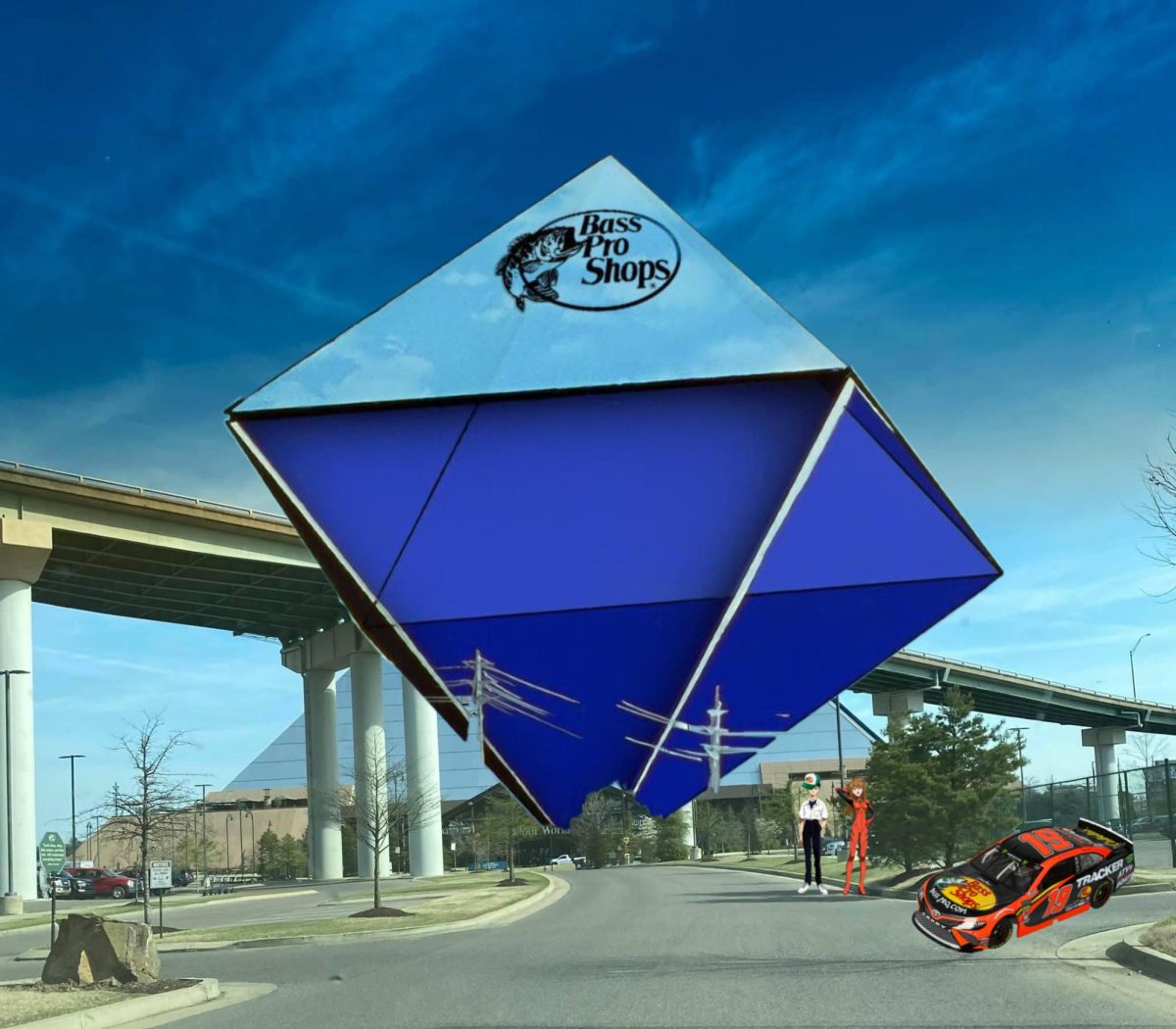Sunda clouded leopards were classified as a species separate from Clouded Leopards in 2006. Sunda clouded leopards are located in Southeast Asia, specifically Brunei, Indonesia, and Malaysia. They are restricted to the islands of Borneo and Sumatra. In Borneo, they live in lowland rainforests and logged forests. In Sumatra, they live in hilly, montane areas. The major threat to these leopards is habitat loss.
Sunda clouded leopards are grayish-brown to yellow. They have small irregular cloud-shaped markings on their shoulders. They have a lifespan of 11 years to 17 years. “These cloud markings have frequent spots inside and form two or more rows that are arranged vertically from the back on the flanks.” They have a broad build and in proportion to their skulls, their 2-inch canines are longer than those of any other cat. Their long canines could be an adaption holding onto prey caught in trees. Their tails can also grow to be as long as their body which helps their balance.
These leopards are very secretive. Their habits are largely unknown. Sunda clouded leopards are said to be strongly arboreal but they may be less arboreal than we think. “A camera trap study found that the encounter rate for clouded leopards increased significantly when cameras were set along narrow ridges or in places where animals would have difficulty moving through the trees.” Although these cameras saw the leopards more in the trees, their tracks indicate they travel along logging roads and trails.
Sunda clouded leopards prey on a variety of animals. They prey on both arboreal animals and terrestrial animals. They have been seen hunting monkeys and other evidence supports that they eat porcupines, deer, fish, pheasants, and more. “They have been known to remove the limbs of their prey and bring them into trees for protection against leeches and to relax while feeding.” They are large predators and barely have any predators of their own.
Habitat loss is a great danger to Sunda clouded leopards. They are very dependent on trees as they are arboreal. Deforestation in Indonesia and Malaysia is greatly affecting them. The population in Borneo and Sumatra is also estimated to decrease over time because of deforestation, illegal logging, and encroachment. “It has been estimated that approximately 30% of the Sunda clouded leopard’s forest range has been lost over the past 10 years, mostly due to clearance for settlements, oil palm plantations and other agricultural purposes.” Illegal trade is also a big problem that has affected the population of Sunda clouded leopards.
The Sunda clouded leopard is fully protected in Indonesia, Malaysia, and Brunei. They are currently trying to find out more information on Sunda clouded leopards as a lot about them is not known. There is not a single protected area that is big enough to permanently help a practical amount of Sunda clouded leopards. For conservation efforts to be successful, habitat destruction and poaching need to be prevented. The public also has to be more aware of the decrease in the Sunda clouded leopard population and law implementation needs to be enforced.












Mark S. Rogers • Aug 15, 2024 at 11:10 pm
Nicely written and a great start to open up new research on the Sunda Clouded Leopard. Best wishes in your undergrad studies.